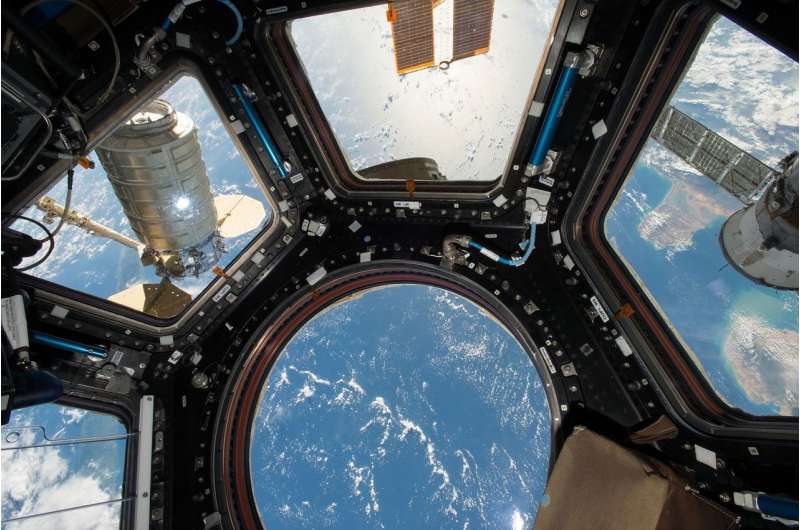"Many astronauts travel to space more than one time, and our study shows it takes about three years between flights for the ventricles to fully recover."
Seidler, a member of the Norman Fixel Institute for Neurological Diseases at UF Health, said based on studies so far, ventricular expansion is the most enduring change seen in the brain resulting from spaceflight.
"We don't yet know for sure what the long-term consequences of this is on the health and behavioral health of space travelers," she said, "so allowing the brain time to recover seems like a good idea."
Of the 30 astronauts studied, eight traveled on two-week missions, 18 were on six-month missions, and four were in space for approximately one year. The ventricular enlargement tapered off after six months, the study's authors reported.
"The biggest jump comes when you go from two weeks to six months in space," Seidler said. "There is no measurable change in the ventricles' volume after only two weeks."
With increased interest in space tourism in recent years, this is good news, as shorter space junkets appear to cause little physiological changes to the brain, she said.
While researchers cannot yet study astronauts who have been in space much longer than a year, Seidler said it's also good news that the expansion of the brain's ventricles levels off after about six months.
"We were happy to see that the changes don't increase exponentially, considering we will eventually have people in space for longer periods," she said.
The results of the study could impact future decision-making regarding crew travel and mission planning, Seidler said.
More information: Rachael D. Seidler, Impacts of spaceflight experience on human brain structure, Scientific Reports (2023). DOI: 10.1038/s41598-023-33331-8. www.nature.com/articles/s41598-023-33331-8
Journal information:Scientific Reports
Provided by University of Florida



